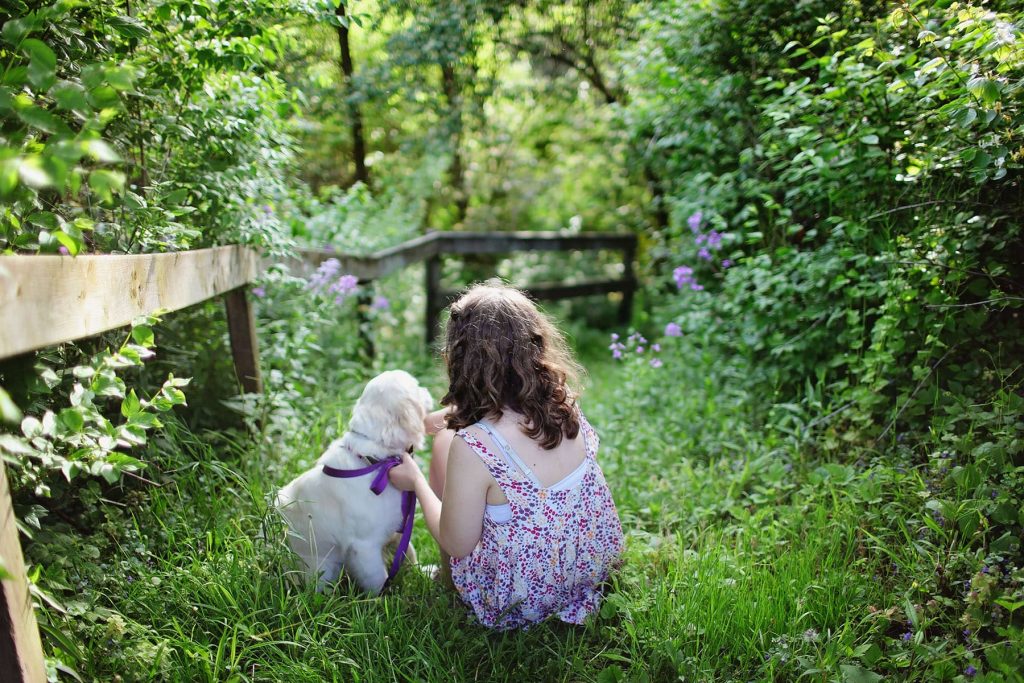
9 plants poisonous to pets that Colorado landscapers often use
Do you have pets in your Colorado home? If so, it may be a good idea to be aware of which plants are poisonous to your furry friends!
This article will discuss 9 common plants that are used by Colorado landscapers but can be potentially poisonous to pets.
The article will explain the effects that these plants have on pets, how to identify them, and how to prevent such hazards from occurring. Additionally, it will provide information about alternative plants that can be used instead and methods for safely disposing of any toxic plants on the property.
Here are 9 common plants that landscape designers use in Colorado but can be hazardous to pets.
Lily of The Valley
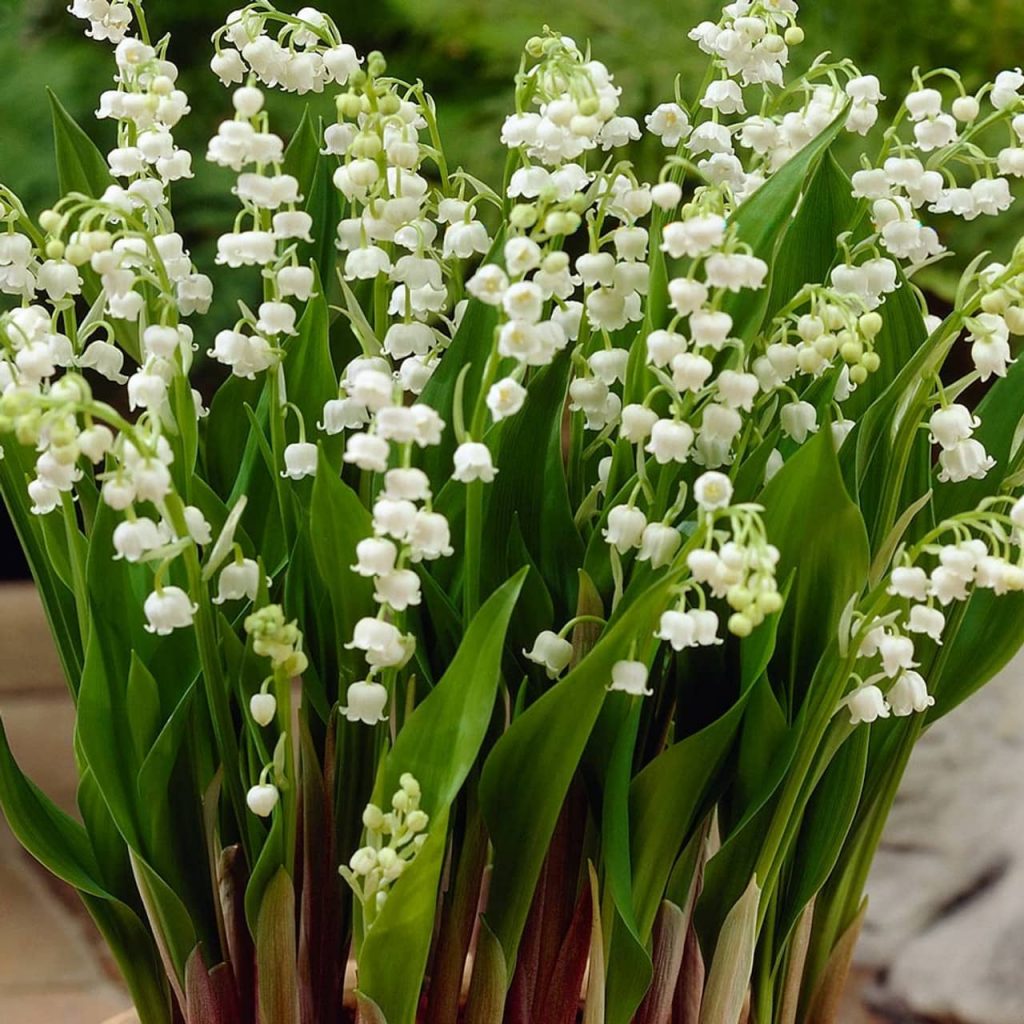
Is Lily of The Valley Poisonous to Animals?
Lily of the Valley is a popular outdoor plant used in landscaping throughout Colorado. Lily of the valley is a small, white, bell-shaped flower with small green leaves. The flowers grow in clusters on stems that can reach up to 1 foot in height.
This perennial is highly toxic to pets. All parts of the plant contain cardiac glycosides that can cause vomiting, diarrhea, abdominal pain, and heart arrhythmia if ingested.
In some cases, ingestion can be fatal if not treated immediately.
The foliage and flowers should be kept well out of reach from animals as exposure to even small amounts of Lily of the Valley can be dangerous.
If a pet does ingest any part of this plant, medical attention should be sought immediately.
Non-toxic alternatives to Lily of The Valley
- Bellflower
- Sunflower
- Marigold
- Snapdragon
- Coreopsis
Azalea
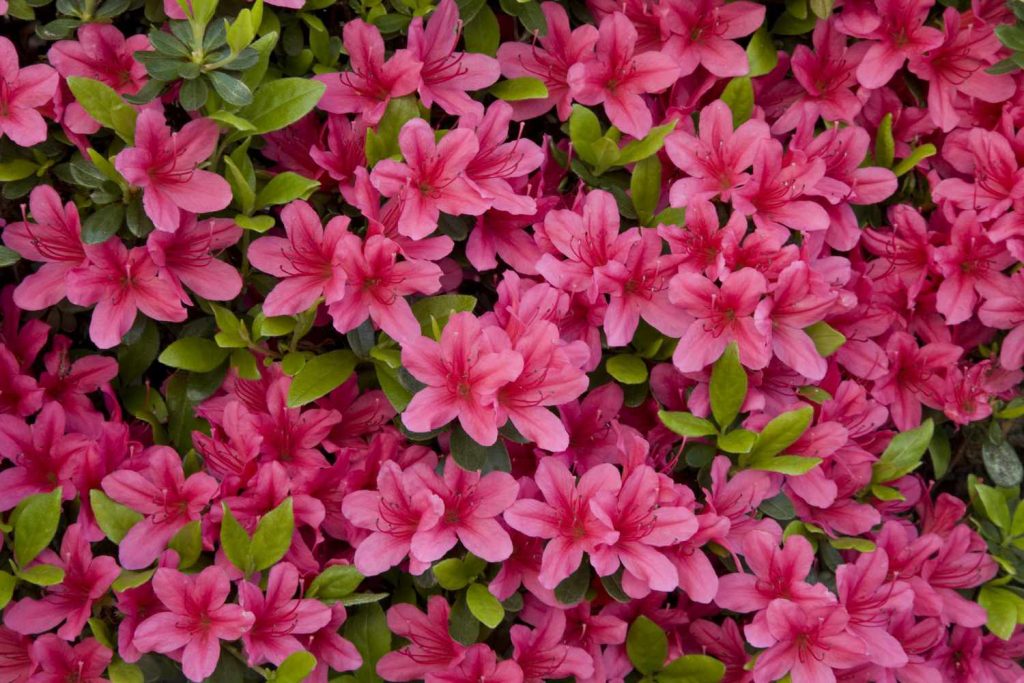
Are Azaleas Poisonous to Pets?
Azaleas are a common choice among Colorado landscapers and gardeners, as they add bursts of color in the spring. Azaleas are shrubs that typically have clusters of small, fragrant, trumpet-shaped flowers in shades of pink, white, purple, or red. The foliage is usually dark green and glossy.
Despite their beauty, azaleas contain high levels of grayanotoxin, which is toxic to pets if ingested. Therefore, landscapers should take caution when planting azaleas, ensuring that pets cannot access them.
Non-toxic alternatives to Azaleas
Azaleas
- Camellias
- Japanese Maples
- Forsythias
- Lilacs
- Viburnums
Blue Star Juniper

Are Blue Star Junipers Poisonous to Dogs?
The Blue Star Juniper is a common plant used by Colorado landscapers due to its hardiness, low maintenance, and attractive foliage. A Blue Star Juniper is an evergreen shrub with blue-green foliage. It typically grows to 3-4 feet in height and width and features dense, conical branches with soft, needle-like leaves. The foliage of a Blue Star Juniper turns a purplish-bronze color in winter. Its small, blue-green flowers bloom in spring and summer, eventually turning into blue berries.
The ‘Blue Star’ juniper contains toxic components such as berries, needles, and stems. It belongs to the Juniperus species, which has poisonous properties for pets. This Juniper won’t likely be fatal, but it can cause your pup to feel unwell if they eat any of these parts. Common signs are vomiting and diarrhea. If you noticed these signs and think your pooch may have been near the Juniper, contact your vet immediately.
Non-toxic alternatives to Blue Star Junipers
- Dwarf Alberta Spruce
- Skyrocket Juniper (Cones may be toxic)
Rhododendron
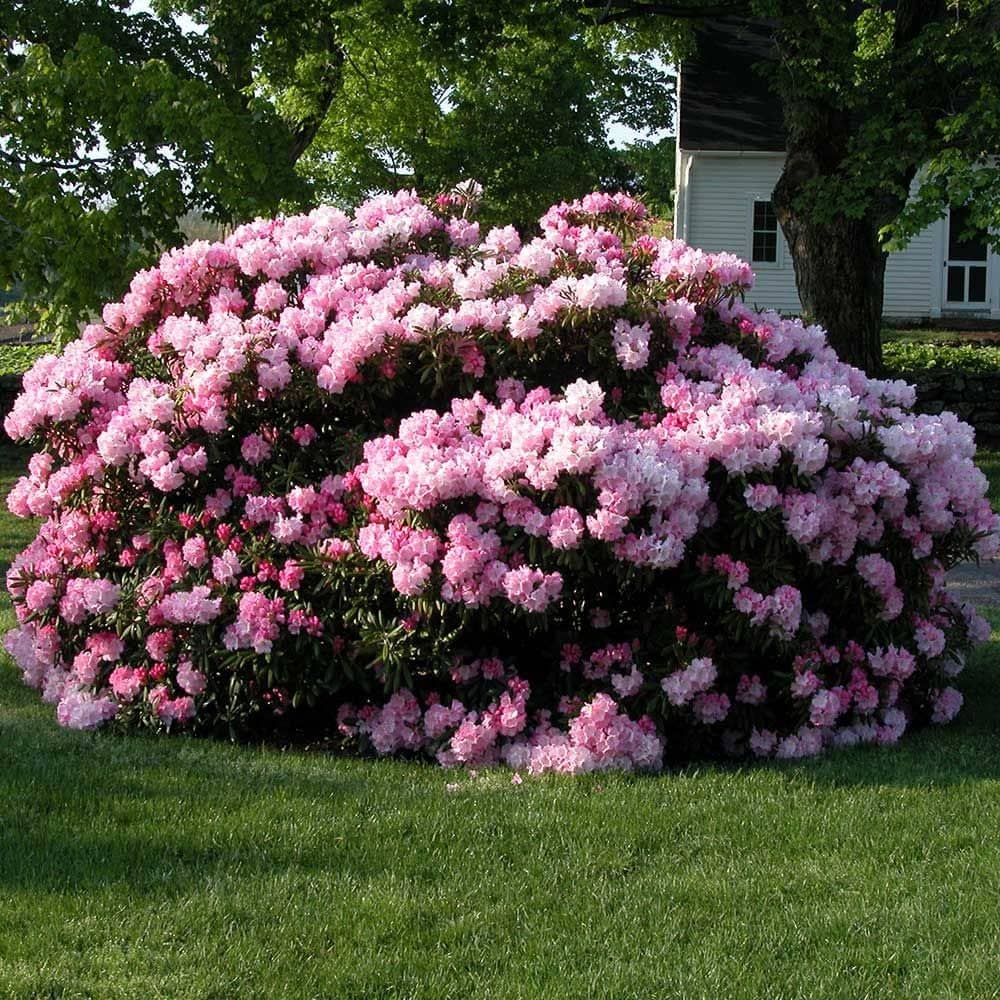
Are Rhododendron Poisonous?
Rhododendron is a flowering shrub that can add a vibrant splash of color to any landscape. Colorado landscapers often use it in residential front yards and backyards. A rhododendron is a flowering shrub with green, leathery leaves and clusters of colorful, bell-shaped flowers. They come in a variety of shapes and sizes, from small ground-covering types to large, multi-stemmed shrubs. The flowers can range from white to pink, purple, yellow, orange, and red. Some even have bi-colored flowers.
Unfortunately, this beauty can be hazardous to pets as it is toxic if ingested. Here are three key points to keep in mind when considering Rhododendrons for your landscaping project:
- Rhododendron contains grayanotoxins, which can cause mild to severe digestive and neurological issues in animals.
- The plant’s leaves, flowers, nectar and pollen are all toxic.
- All parts of the plant contain the toxins, though the highest concentration is generally found in the leaves.
Non-toxic alternatives to Rhododenron
- Magnolia
- Rosemary
- Sage
- Pansies
- Butterfly Bush
Boxwood
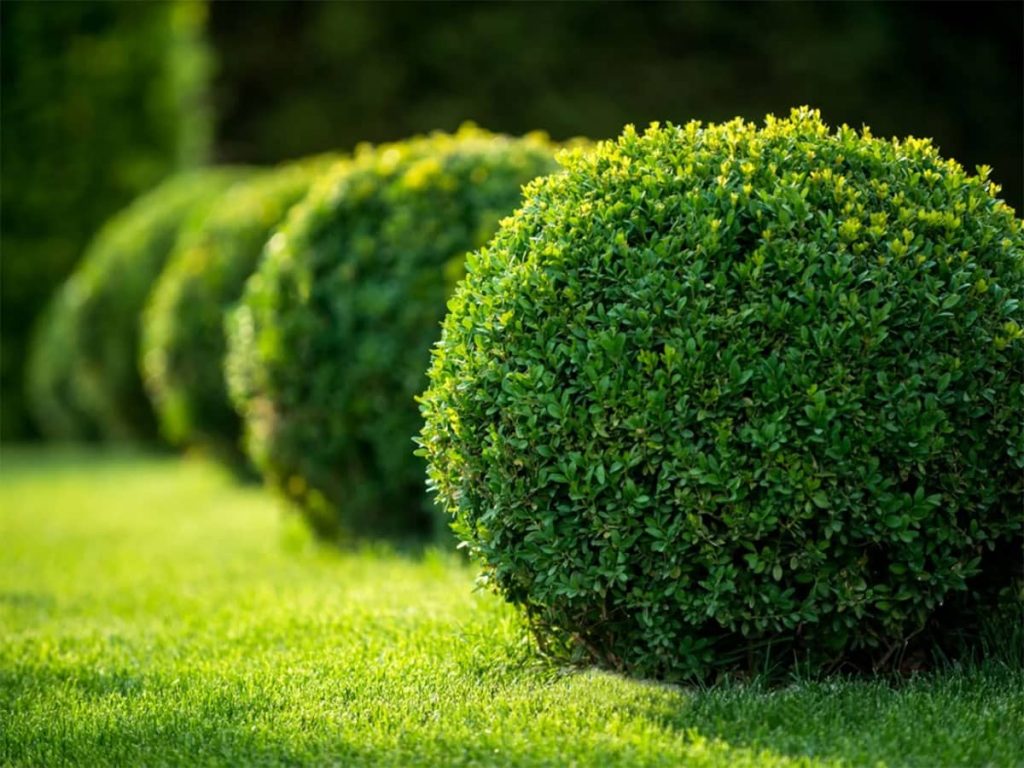
Is the Boxwood plant toxic to pets?
Boxwood is a popular choice for Colorado landscapers due to its ability to thrive in many soil types, its relative ease in forming hedges, and its hardiness when exposed to colder temperatures. Boxwood plants typically have small, glossy green leaves and a neat, rounded shape. Depending on the variety, the leaves may be oval, oblong, or lance-shaped. Boxwood plants can range in size from a few inches to several feet in height and width.
Boxwood plants can be toxic to dogs if they are ingested. The plant contains a toxin called andromedotoxin, which can cause gastrointestinal upset and other symptoms in dogs who consume it.
Non-toxic alternatives to Boxwood
- English Holly
- Euonymus
Foxglove
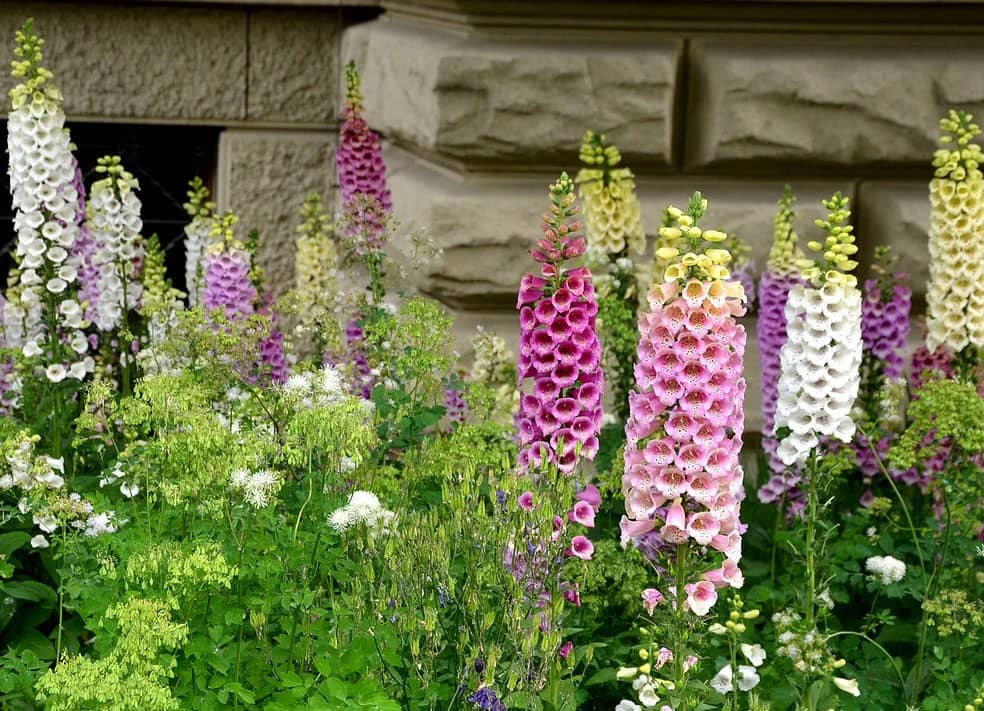
Is Foxglove toxic to pets?
Foxglove is a common plant used by Colorado landscapers, but it is highly poisonous to pets. what does foxglove look like? Foxglove is a tall, herbaceous biennial plant that typically grows up to 6 feet tall. It is recognizable by its purple, bell-shaped flowers that are arranged on tall, leafy stalks. The flowers have spotted throats and are often used in gardens for color.
The plant contains cardiac glycosides, which can cause vomiting, diarrhea and even death in animals if ingested.
Non-toxic alternatives to Foxglove
- Bellflower
- Sunflower
- Marigold
- Snapdragon
- Coreopsis
English Ivy
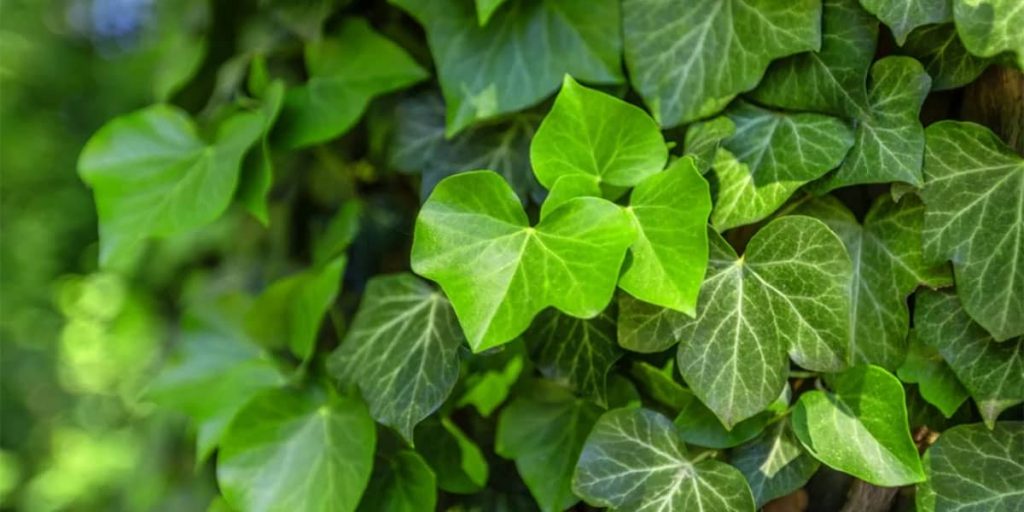
Is English Ivy toxic to pets?
English Ivy is an evergreen, woody-stemmed climbing vine native to Europe and Western Asia and is a popular choice for landscapers. Its foliage is glossy, dark green in color with paler veins, and can reach up to 100 feet in length when grown on a trellis or other support.
English Ivy has been used extensively as a ground cover; however it can become invasive if not managed properly.
It is important to note that English Ivy should be kept away from pets as it is highly toxic if ingested.
Non-toxic alternatives to English Ivy
- Swedish Ivy
Yew

Is Yew toxic to pets?
The Yew is an evergreen tree or shrub that is a popular choice for landscapers in Colorado. It can be found in a variety of sizes and shapes, ranging from tall trees to small shrubs.
The needles are dark green with a slightly rough texture, while the bark is brownish-gray and scaly. Its distinctive red fruits add color to the landscape.
However, all parts of the Yew are highly toxic to pets and must be kept away from them. Care should also be taken when trimming these plants, as their sap can cause skin irritation and breathing difficulty if inhaled.
Non-toxic alternatives to Yew
- Japanese Cedar
- Lombardy Poplar
- Bald Cypress
- Douglas Fir
- Spruce (Mildly toxic to Cats if eaten)
Daffodil

Are Daffodils toxic to pets?
Daffodils are a popular choice among many Colorado landscapers. These hardy plants feature a bright trumpet-shaped flower that blooms in the early spring. They thrive in full sun and well-drained soil, making them easy to maintain.
However, they also contain an alkaloid toxin called lycorine which can cause digestive upset for curious pets if ingested.
Non-toxic alternatives to Daffodils
- Pansies
- Marigolds
- Daisies
- Roses
- Snapdragons
How to dispose of Toxic Plants in Your Yard
The best way to dispose of toxic plants in your landscaping that pose a threat to your pets is to wear gloves and carefully remove the plants from the soil, then put them in a sealed bag or container and take them to a hazardous waste facility for proper disposal. If you are unable to take them to a hazardous waste facility, you can bury them in a spot on your property that is away from any water sources or areas where pets or children play.
Conclusion
Colorado landscapers should be aware of the potential risks that certain plants pose to pets. These plants, including lily of the valley, azalea, Rhododendron, English ivy, Yew, and daffodil, are all poisonous to animals and should be avoided. It is important to note that many other potentially toxic plants in Colorado could also be hazardous to pets.
By avoiding using these common poisonous plants in landscapes, Colorado landscapers can help ensure the safety and well-being of their clients’ four-legged family members.
If you have questions about toxic plants in Colorado, contact JS Enterprises, a custom landscaping company, today! Our experienced professionals can provide you with the answers you need to make sure your landscaping is safe and beautiful for your pets. Call us now and let us help you create the perfect outdoor space!
